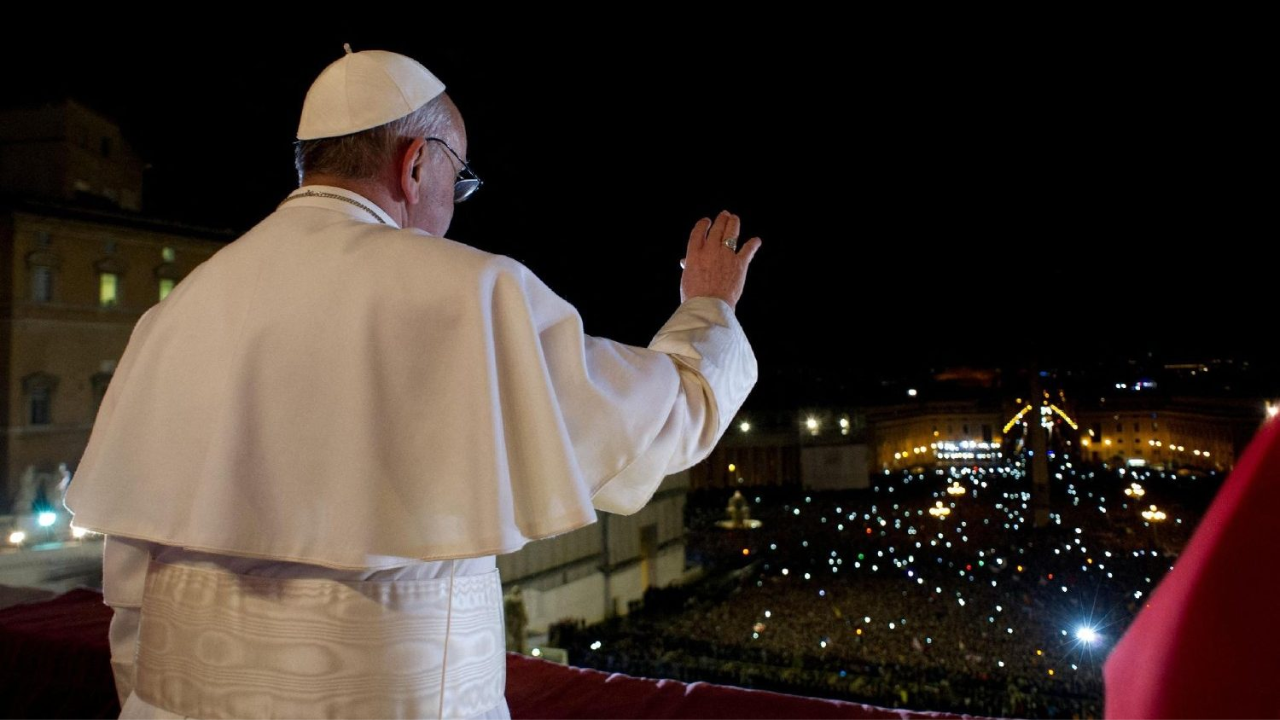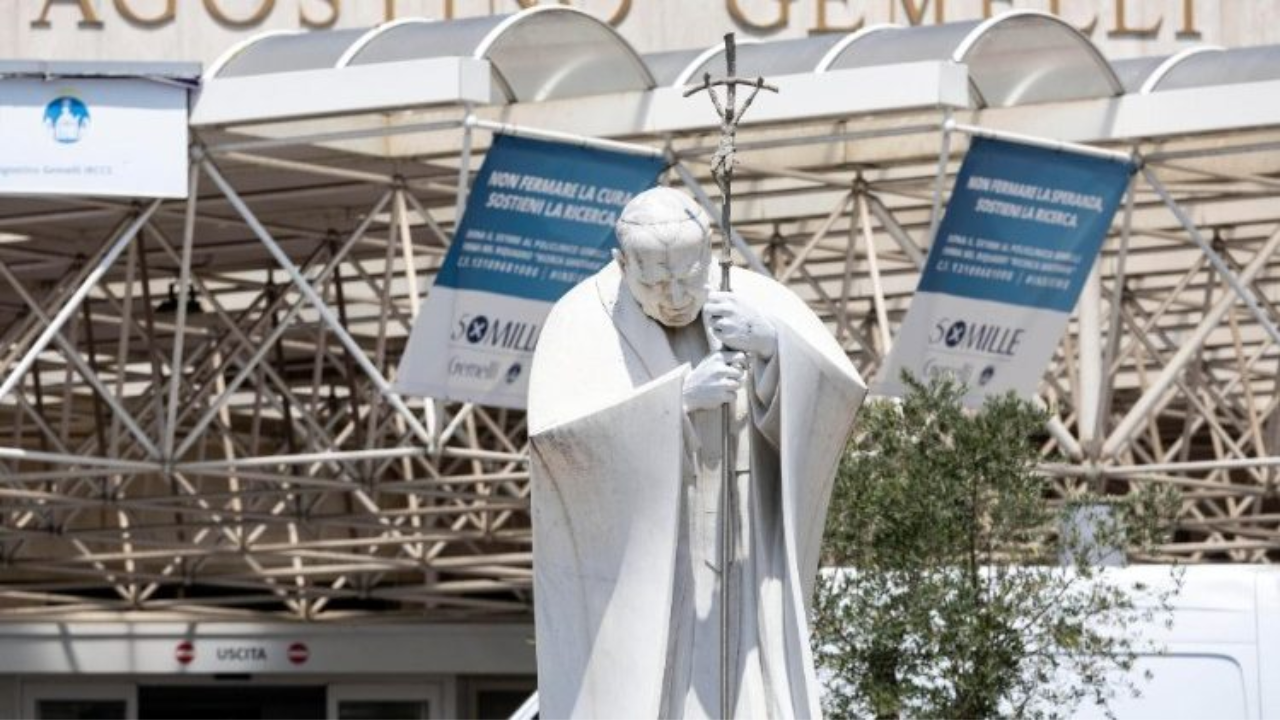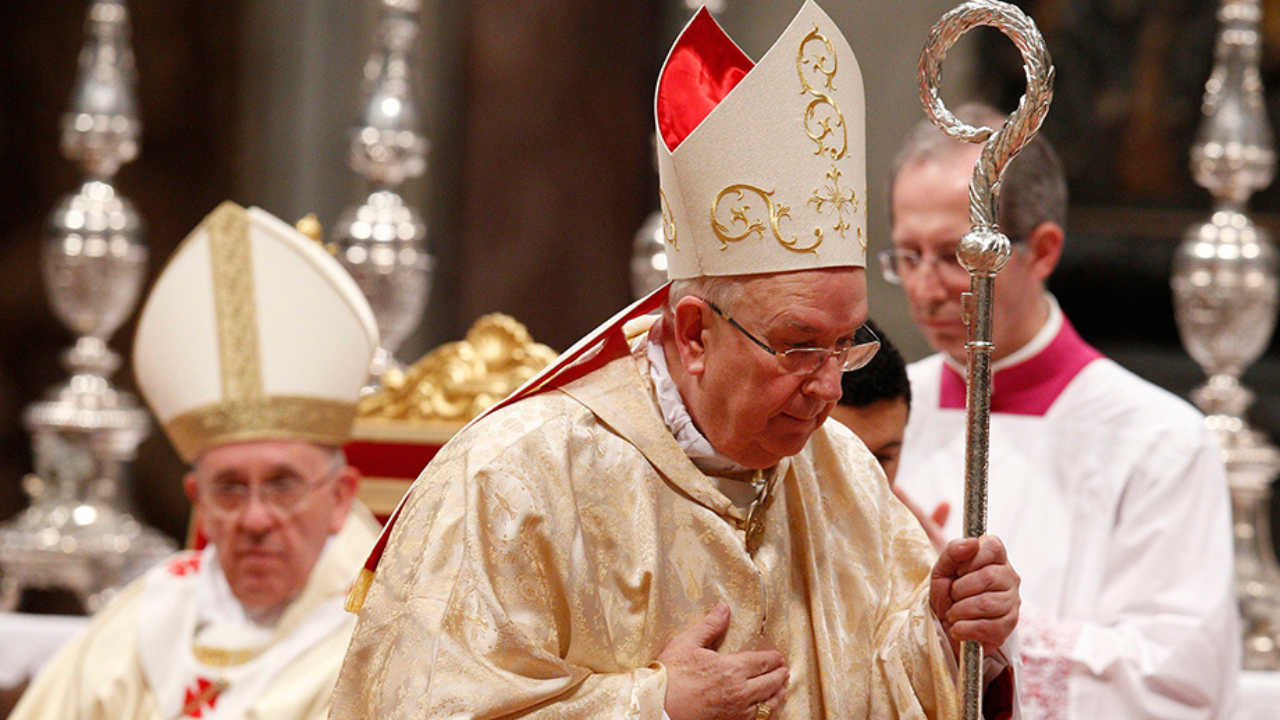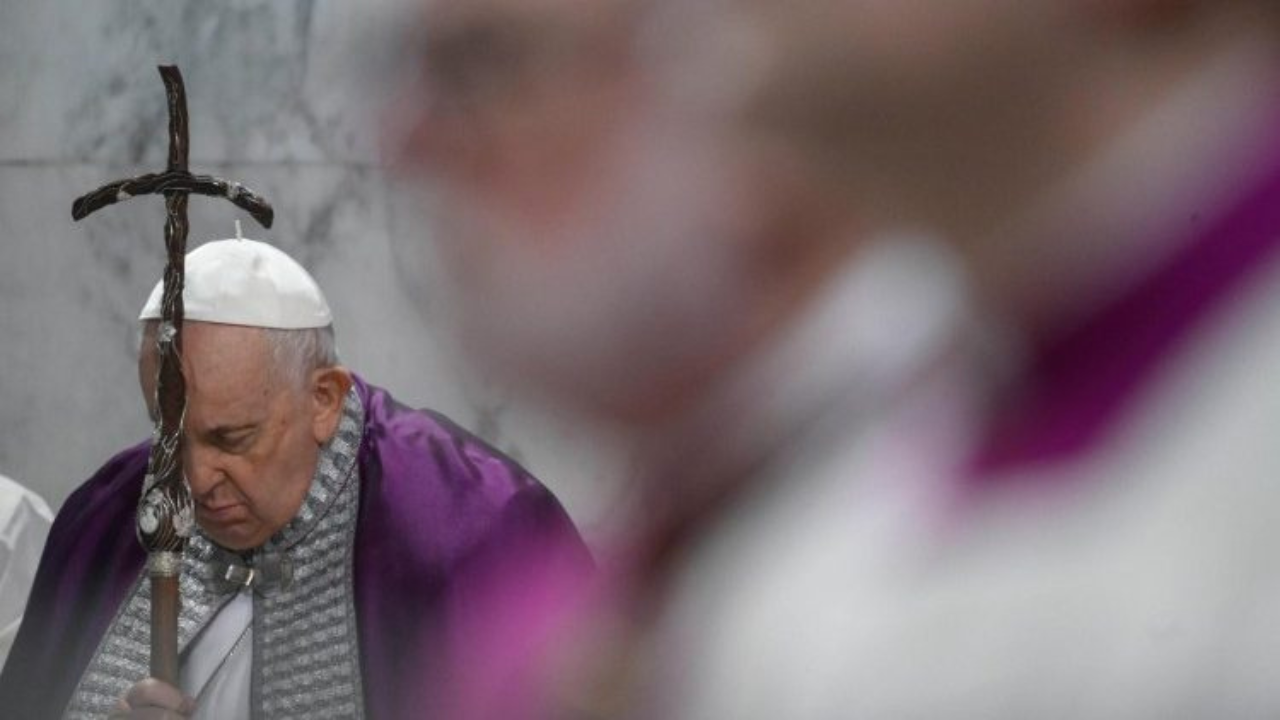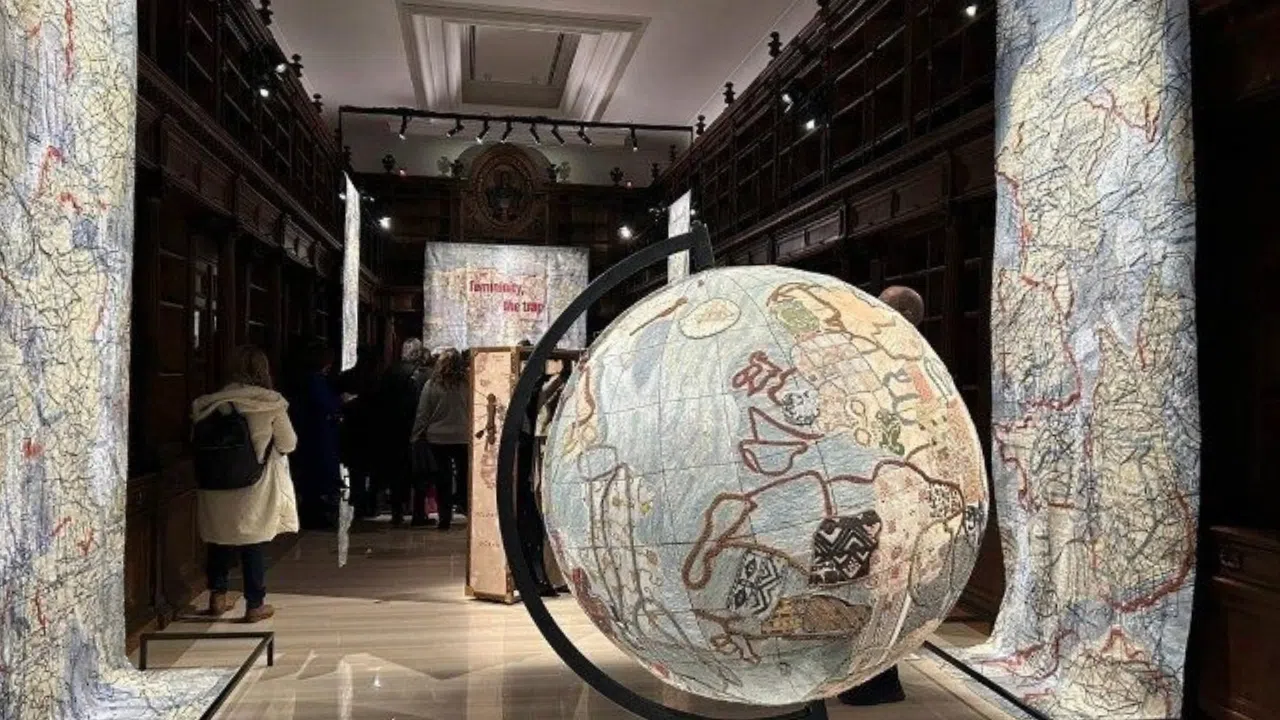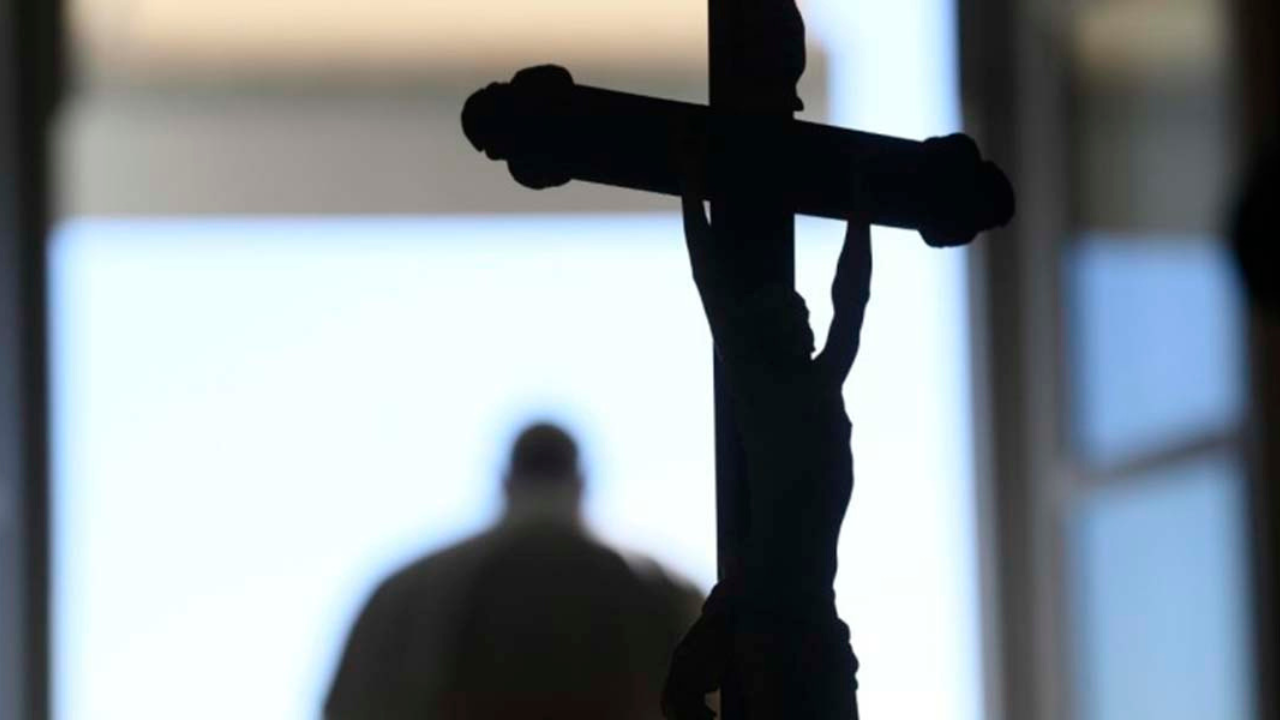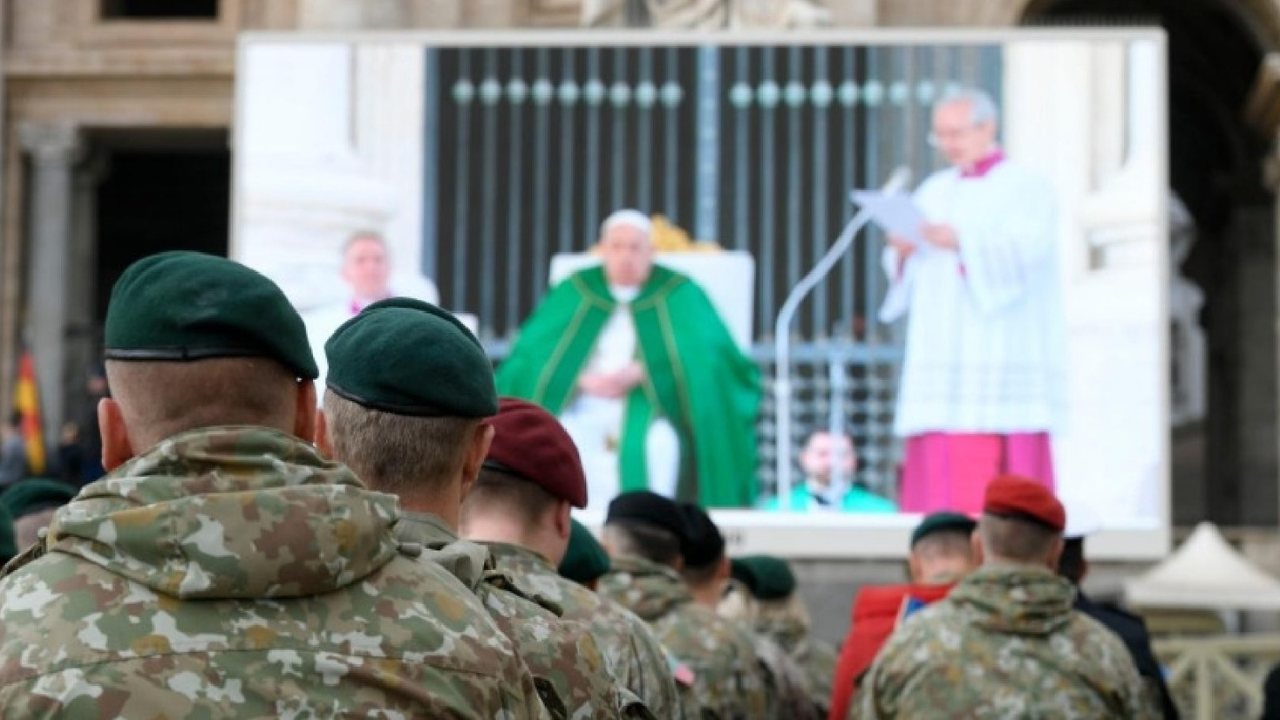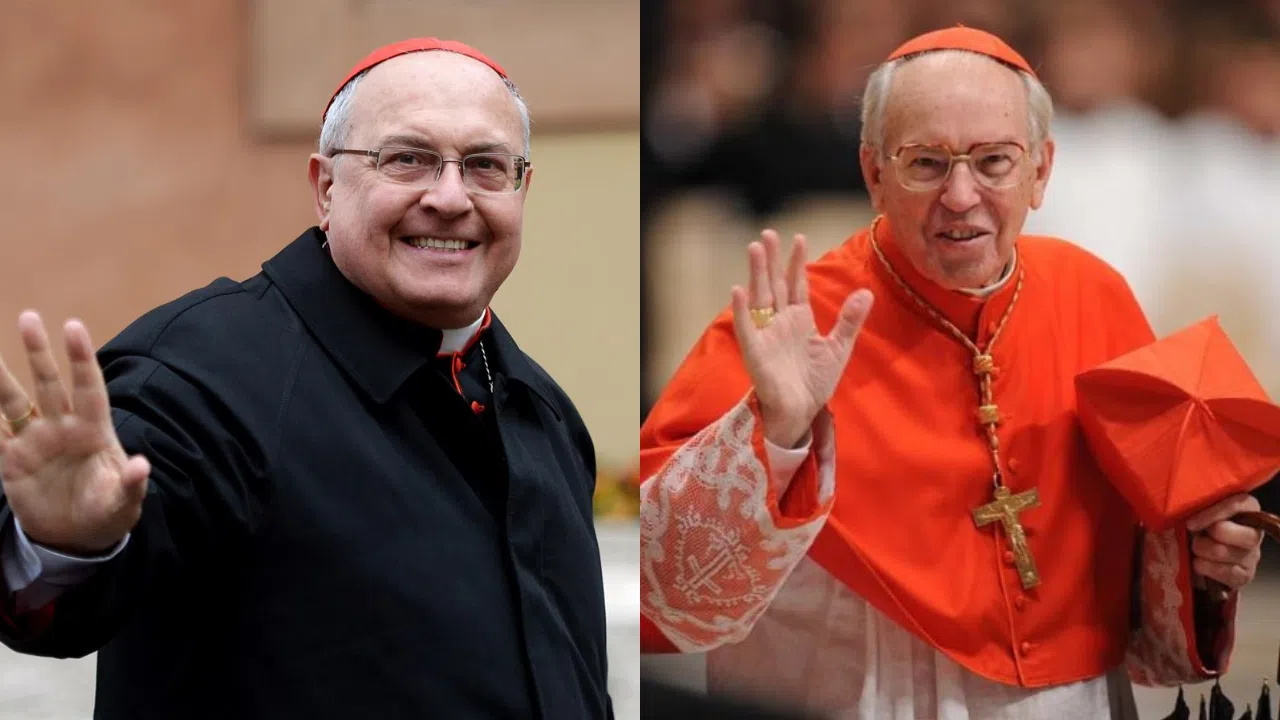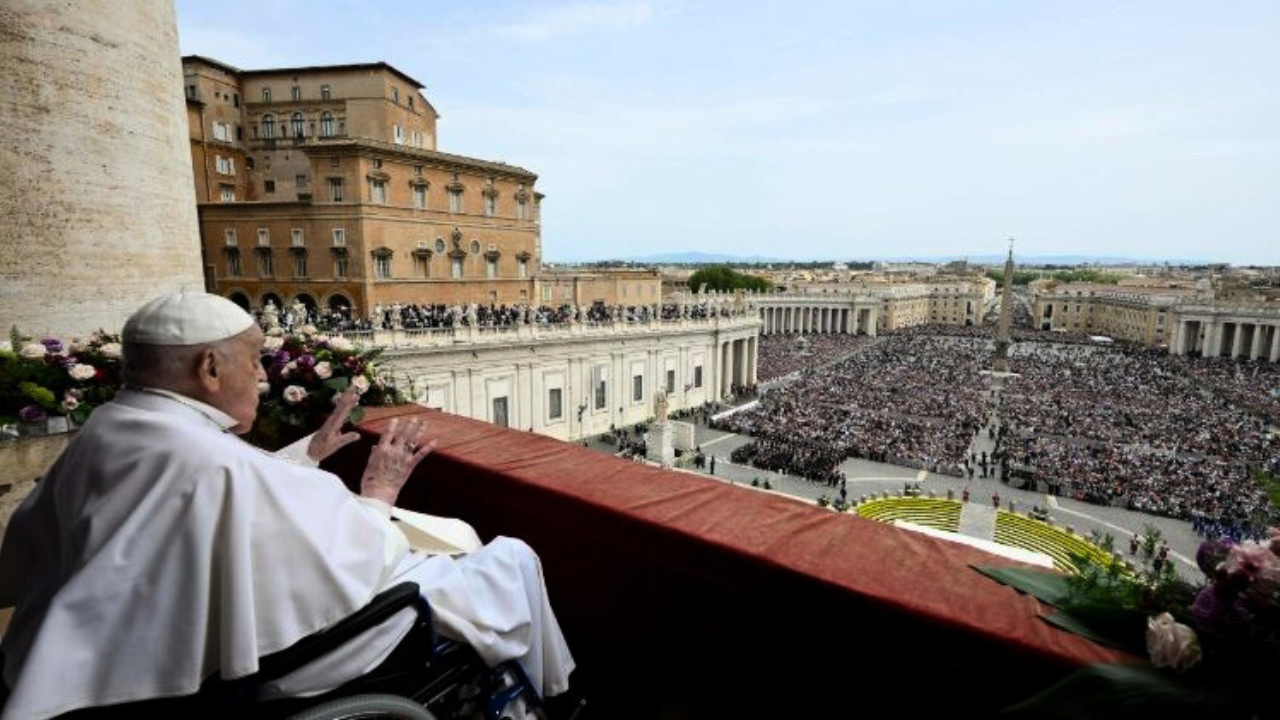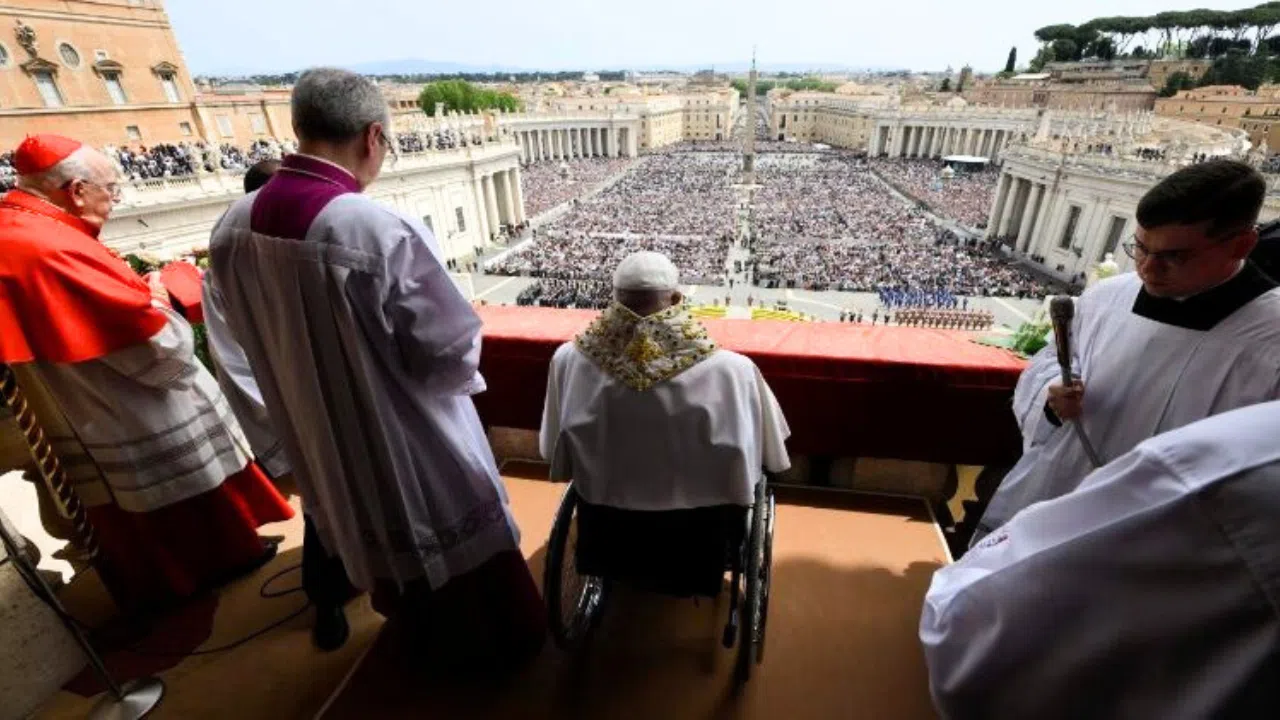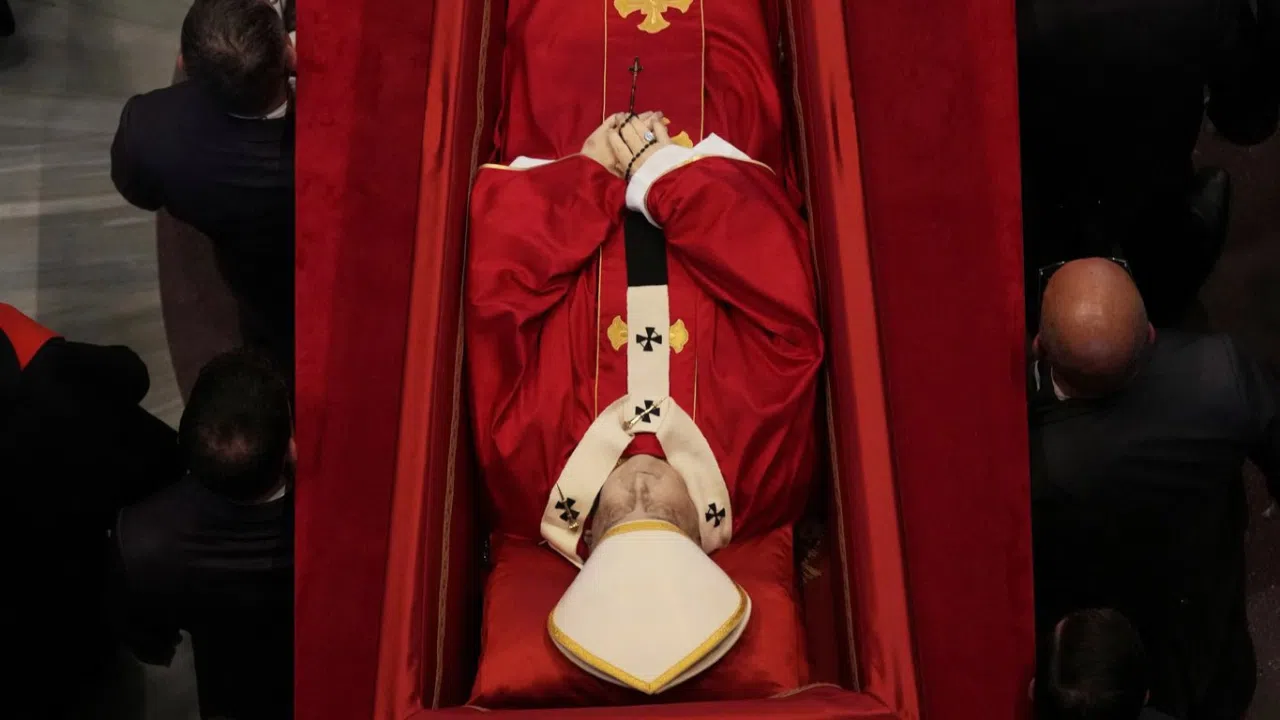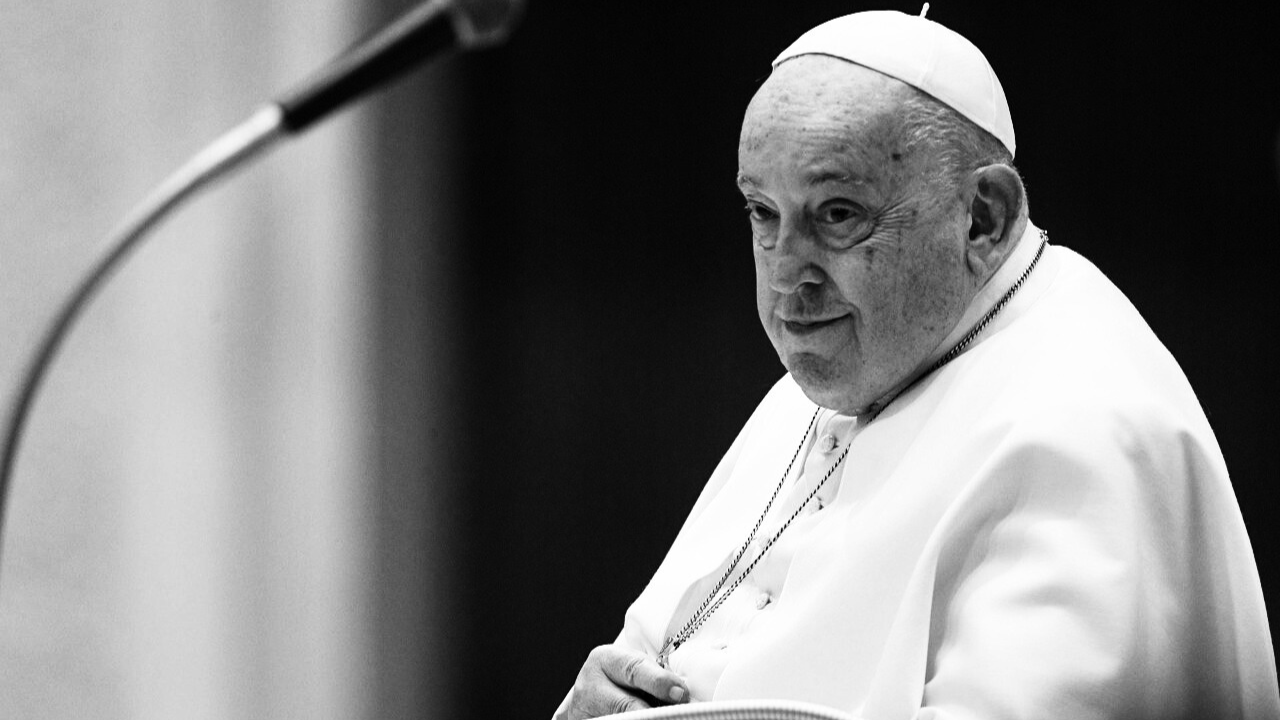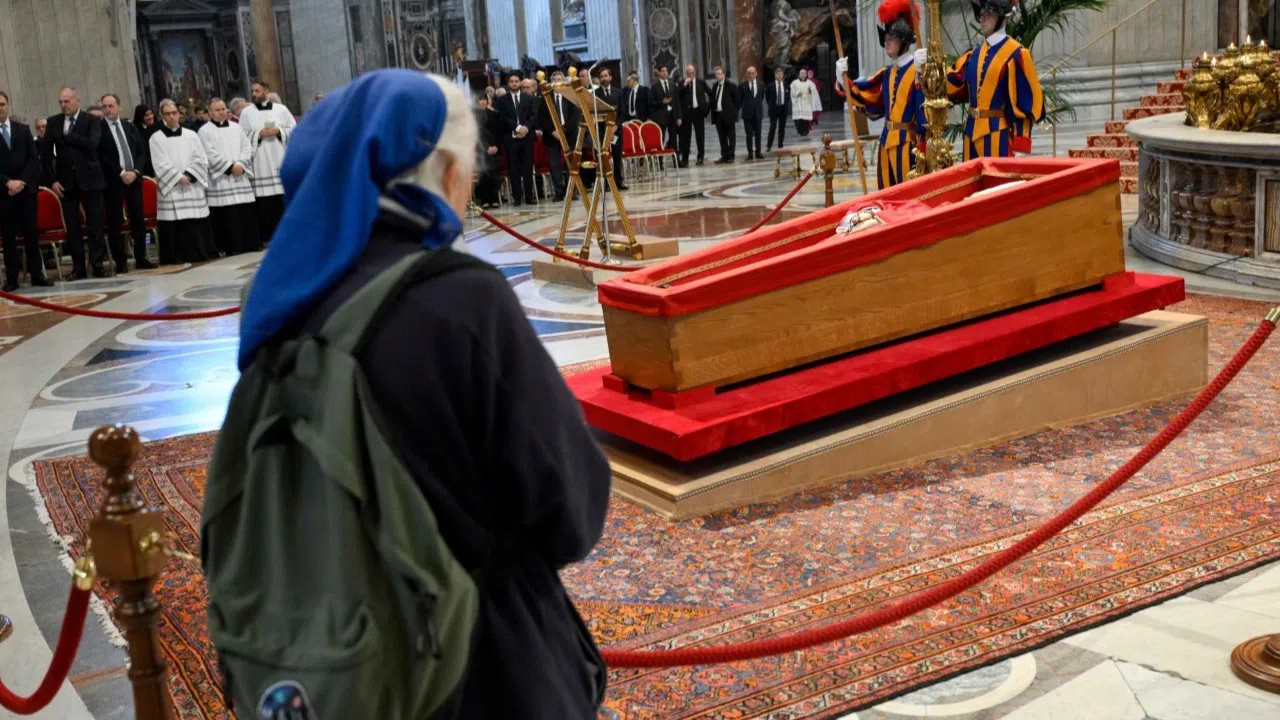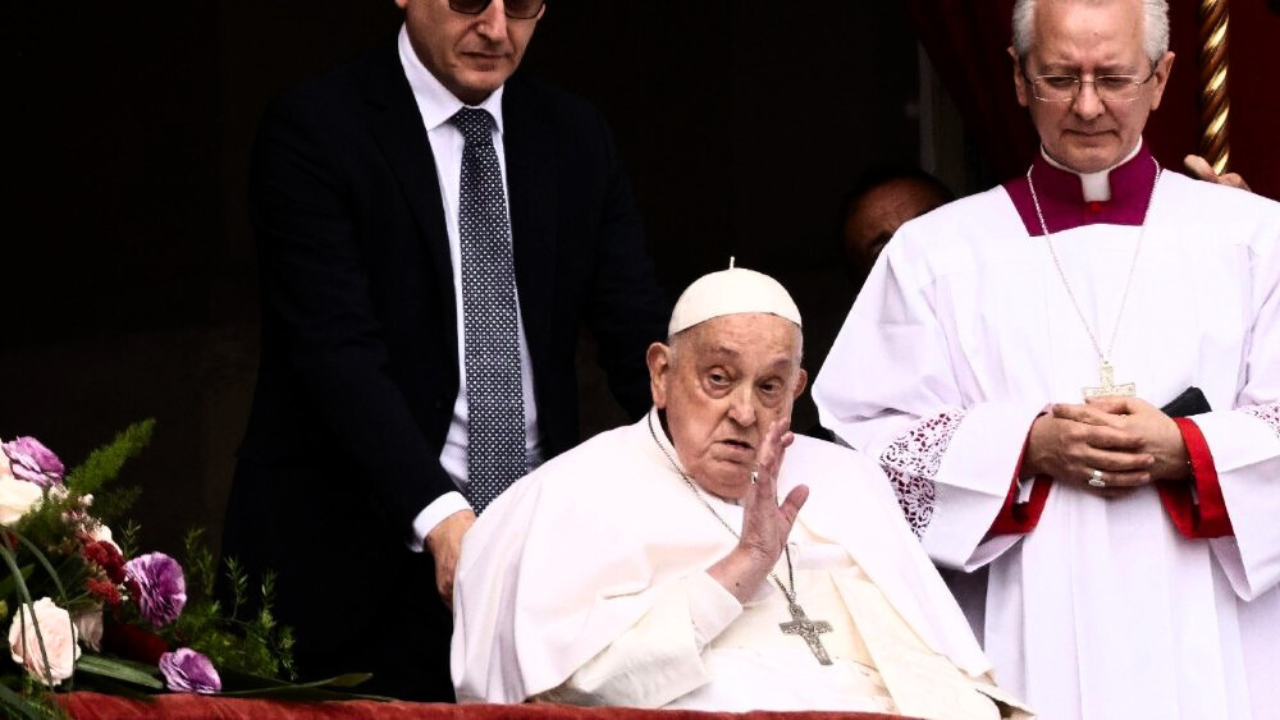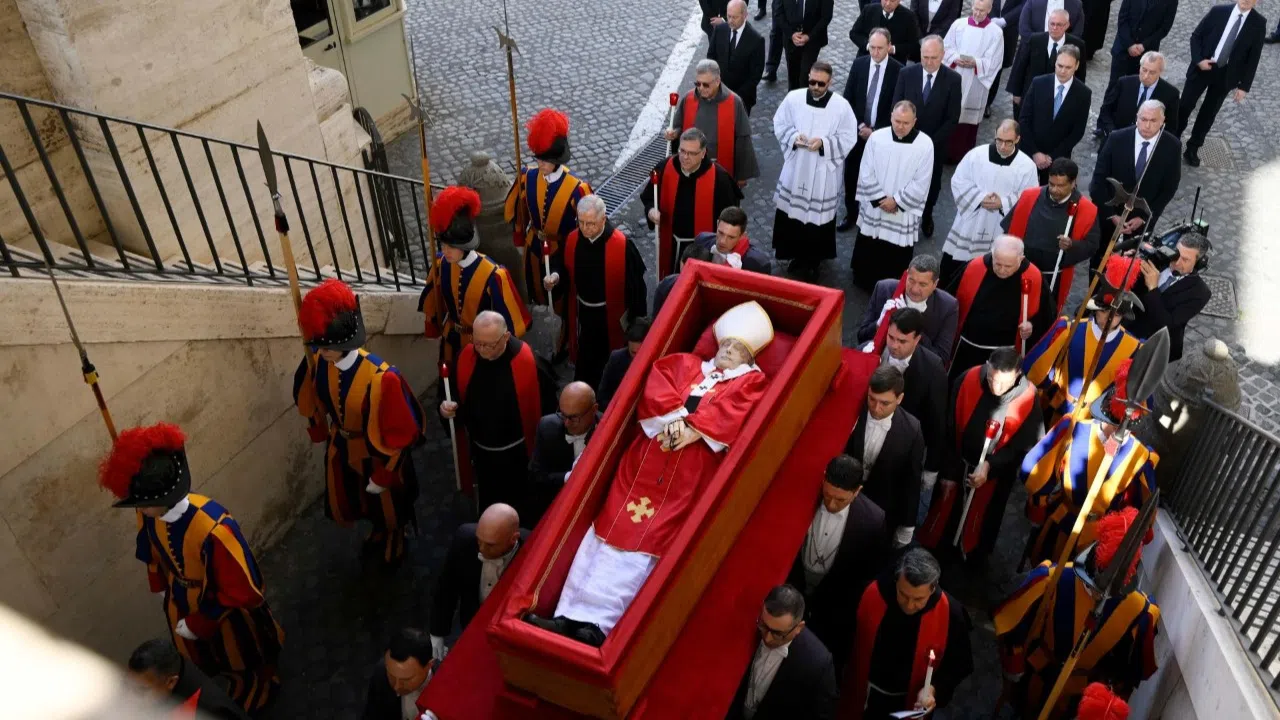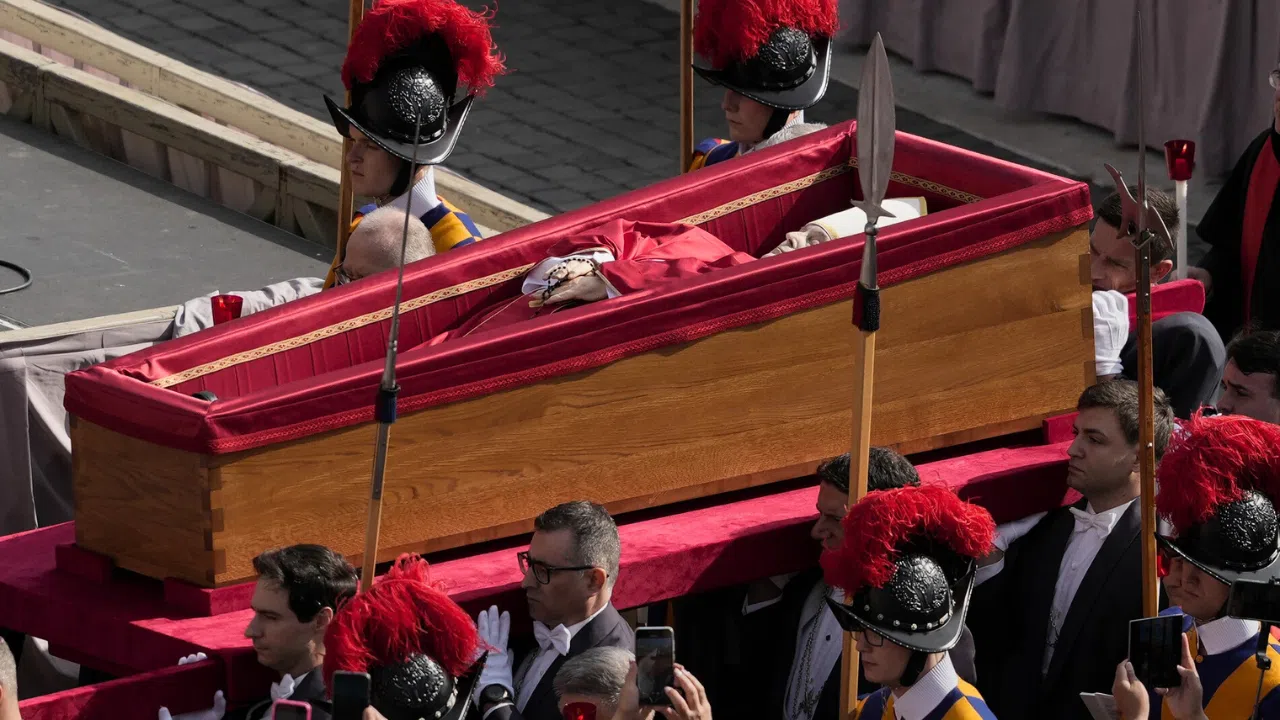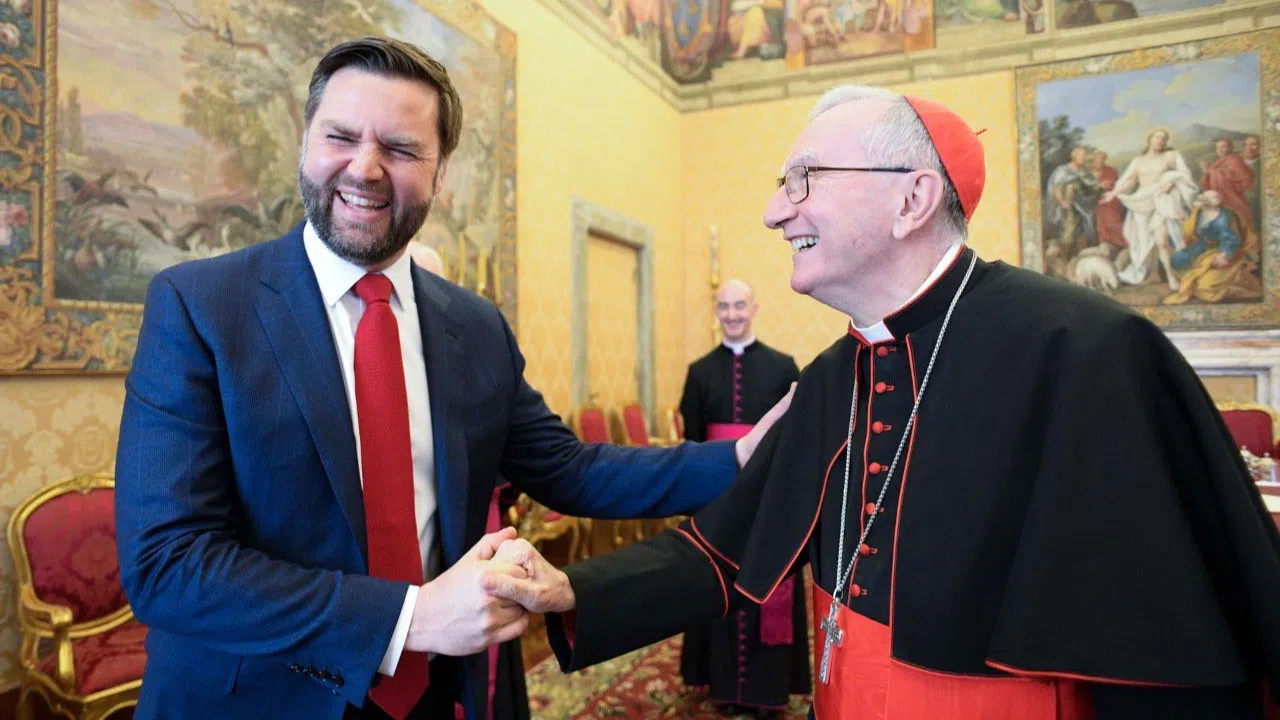In the signing of any significant document, there's one object that often goes unnoticed, but that can be considered a sort of silent witness: the pen.
BERNARD ARDURA
President, Pontifical Committee for Historical Sciences
“The pen, historically and still today, means someone with authority assumes responsibility. In this way, the king, the pope, the emperor, accepts something in writing. When we accept a contract, we assume responsibility.”
For example, with this pen, Pius IX signed one of the most important dogmas of the Church 150 years ago, before the fall of the papal states. The dogma was about papal infallibility.
BERNARD ARDURA
President, Pontifical Committee for Historical Sciences
“There were 700 bishops on the council who had already left Rome. However, they had time to approve two important documents, one about faith and reason, and the other about the Church and the infallibility of the pope on questions regarding faith and morality.”
Pius IX established that the pope doesn't err on doctrinal issues when he makes an “ex cathedra” statement. This is one of the most important points of the First Vatican Council, which had to be temporarily suspended because of a raging battle.
BERNARD ARDURA
President, Pontifical Committee for Historical Sciences
“The first cannon blast breached the Vatican walls near Porta Pia. The pope immediately called for an end to the battle in order to avoid more deaths. He ordered General Kanzler, head of the pontifical army, to sign Rome's surrender.”
That pact was signed with this pen, which was preserved along with a signature of the general himself. Both relics of the history of the Church are on display at the Arte Poli Gallery, a few yards from the Vatican. It's an ambitious project that safeguards relics of the pontiffs and of Church history.
IVAN MARSURA
Director, Museo dei Papi
“We collect these items to prevent them from being lost. We've collected 500 papal objects, 17,000 photographs, 12,000 books and 600 papal autographs. The goal is to collect these items, which would otherwise be lost, and build a museum in which to put them on display.”
Recent additions to the collection include these two historical pens from Pius IX's pontificate and other items belonging to the pope. Among these are one of the vestments he wore for several years and a first-class relic.
Daniel Díaz Vizzi
Translation: CT


